The many faces of DOOM's afterlife
How an ardent modding community kept bringing id Software's classic back from the dead.
The measure of any piece of hardware is whether it can run Doom. And it turns out that pretty much any modern computer can, whether it's a MacBook Pro's Touch Bar, the programmable display in a key on the Optimus Maximum keyboard or a Vtech InnoTab.
Doom runs anywhere, and that's down to the labours of a community of programmers that have been working on DOOM for nearly 20 years, ever since John Carmack released Doom's Linux source code for non-profit use on 23rd December, 1997. "Port it to your favourite operating system," he wrote in its readme.txt. "Add some rendering features - transparency, look up/down, slopes, etc. Add some game features - weapons, jumping, ducking, flying, etc." Along with some other suggestions, he went over a few of his code's shortcomings and his regrets, explained Doom's fundamental workings, and expressed hope that a community would collaborate on an improved version of the game, signing off with, "Have fun".
And people really did. That source code is the progenitor of a vast body of mods, games, maps and years-long friendships. And in January, one of its longest-serving members suddenly quit.
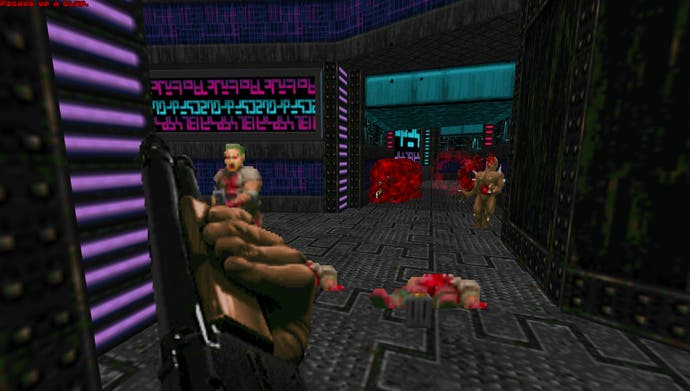
After 19 years leading the trailblazing Windows source port ZDoom, Randy 'Randi' Heit wrote on its forum, "I am hereby eschewing further ZDoom development. There will be no future releases. Consider QZDoom or GZDoom as replacements." She added that the website would continue to be maintained, and other than popping up later to express thanks at the outpouring of support and gratitude for her work, that was that.
"My guess, it was probably just the time to do it," Nigel Rowand tells me. "I've dipped in and out a few times in the past, too." Otherwise known as Enjay, Rowand is one of Doom's pioneering WAD makers and still creates them today. "Sometimes it's been because of pressures of work, health, life priorities. We've had two kids, now adults, who have grown up with me Doom modding."
"If I was put at gunpoint and forced to put out a theory, I think it was simply a dwindling interest," Jason Guy says. Well-known in the community as TerminusEst13, Guy is also an active WAD maker. "One thing's for sure, it wasn't a sudden event. Randi's involvement in ZDoom had been slowing down over time."
Randi herself hasn't responded to my attempt to email her, but given that she's known for maintaining her privacy, that's quite understandable. 19 years is a long time to work on a game, even one as transcendent as Doom, which has drawn lasting passion and creativity from its players throughout the 23 years since its launch. Even today, the gameplay mod Brutal Doom takes headlines and there's so much more besides, much of it celebrated annually at the Cacoawards. Just a couple of last year's highlights were Paul 'skillsaw' DeBruyne's Ancient Aliens, a 27-map megawad with custom art and level names like The Ancient Navajo Wolf Warp, and John Romero's surprise reappearance on the scene with two new maps.
So, what is it about Doom that should inspire such long-term devotion?
Part of the answer is definitely the ambition and intricacy of the game itself. "My anticipation for Doom was tangible," remembers Rowand, who had just started his first teaching position in Aberdeenshire, north-east Scotland, when it came out in December 1993. "Like many gamers, I'd seen the adverts and drooled over preview screenshots. The idea that there would be moving platforms, changing light levels, walls not at 90 degrees, was amazing and I couldn't wait." Without access to a BBS, he had to wait a few days after it finally launched for a friend to get hold of a copy. "I was in my car and round his house almost before he'd put the phone down."

Rowand was mapping just a few months later. He'd quit a job working in the offshore oil industry the year before to retrain as a teacher, but was still friends with his previous employers and used their internet access to play LAN games and browse BBSes, where he discovered the growing Doom scene and grabbed the very first editing mapping tools, Doom Editing Utilities, otherwise known as DEU.
Starting by adding monsters to existing maps, he graduated to moving walls around, and as his technical skills improved, so too did the power of the editing tools. "I could now start doing what I wanted to: create my own worlds," Rowand says. "The ability to make a map, to make every room, decide which monster went where, what happened when the door was opened, was hugely satisfying. To fire up the game and look at the screen knowing I made that was almost magical, the technology of the future."
Soon he was uploading his maps to the CompuServe Action Games forum. When he released NJ Doom that year, he became perhaps the first mapper to create a 32-map replacement of all id's original levels and was celebrated for it.
Rowand also ran an after-school gaming club that focused on RPGs but he started taking his maps in and set Doom up on the school network. "Suddenly the geeky after-school role-playing club became something that a lot more people wanted to be involved in," he says. Pupils occasionally discovered what their biology teacher did in his free time. "Sometimes it's a 'Nah, that can't be you' response. Sometimes it's a 'That old game looks crap' response. Often enough, however, it's a 'Oh wow, Doom is really cool', or even a 'You mean you're Enjay?' response. Quite flattering, really."
And so the Doom scene grew, and then Carmack released its source code. The move sealed the game's longevity, since, as Christoph 'Graf Zahl' Oelckers tells me, "it could see improvement long past its natural life." Oelckers is a major contributor to Heit's ZDoom source port and author of his own fork, GZDoom, which today stands alongside Zandronum as one of the leading ports on PC.
Carmack made the Linux version of Doom public because of licensing issues with the DOS version's sound library. "Wow, was that a mistake," Carmack wrote, but he needn't have feared. A DOS port, DOSDoom, appeared the very same day. And soon after more ports released, each expanding the game in different ways. "DOSDoom, BOOM, Legacy and many others were appearing and I tried them all," says Rowand. "The additional editing options that BOOM in particular allowed opened up a whole new world of possibilities."
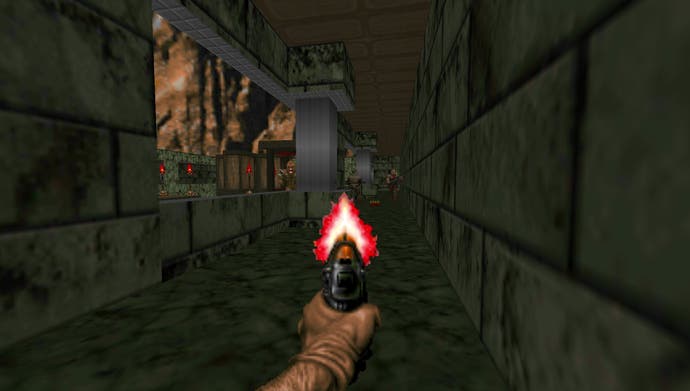
BOOM gave mappers translucent walls and sprites, scrolling effects to walls, ceilings and floors, the ability to make conveyor belts and lifts with rising floors and ceilings, different levels of friction on surfaces for slippery ice and sticky mud, and 'silent' teleporters which could be used to give the impression that one room was on top of another.
With the release of WinDoom in 1998, Doom jumped to natively run in Windows. The same author, Bruce Lewis, then went on to make glDoom, which rendered the game in OpenGL, introducing 3D accelerated graphics for those with Voodoo graphics cards. Ports would be abandoned, resumed and forked as lives went on, passions ebbed and flowed, and other authors introduced their own ideas.
"It was also fascinating for me to be able to get in contact directly with the people making the source ports," says Rowand. "The idea that I could sit in my house in the northeast of Scotland, send a bug report to someone in the USA, have a conversation with them and then download a new version of the program with modification inspired by something I had raised was really cool to me. I actually spent quite a bit of time to-ing and fro-ing in conversation with Ty Halderman." Halderman, author of BOOM and keeper of the idgames Archive, the leading repository of wads and other resources, died in 2015 at the age of 69.
"One of the most beautiful things about Doom and its source port communities has been the open-source philosophy that's been flowing through everything," says Guy. "People are posting code, sharing code, working on new builds, disassembling the builds, posting patches of builds, merging other people's patches into a greater whole, and it all comes together in order to build a better whole."
And that brings us to ZDoom. First released by Heit on March 6, 1998, it ran natively in Windows. "I remembered being very hopeful about it," says Rowand. It crashed the first time he tried using it. But as it steadily incorporated BOOM's features he found himself using it more and more, taking advantage of its scripting capabilities, which meant more complex level design, and its greater general flexibility for editing.
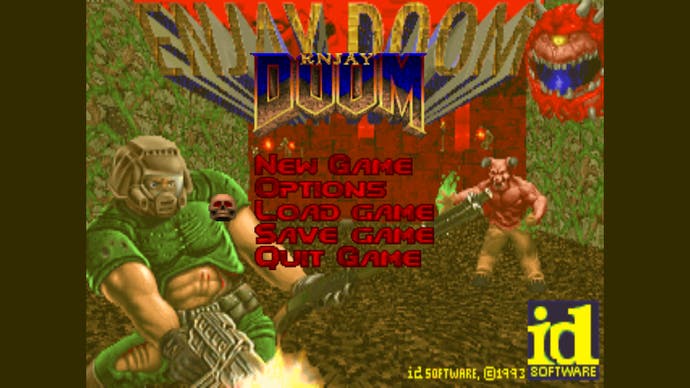
Even the 3D acceleration of glDoom and its offshoots didn't unseat ZDoom. In their early years Rowand found them too unstable and lacking ZDoom's deep editing features. So when Oelckers released GZDoom in 2005, bringing the two together, Rowand was very happy. Since then, though, the general pace of progression across all ports has steadied. Source ports' forums are still home to lists of feature requests, but they're usually for minor tweaks or improvements to existing ones. Mappers had long broken Doom's original limits: for years they'd been able to make huge maps, run scripts, create new enemies, use 3D objects and many other things. "Basically, there isn't just an awful lot remaining to be added," says Rowand.
Instead, ports today are subject to players' different philosophies for what Doom could and should be. "Some want a port that faithfully reproduces the original game with all its quirks and flaws, others want something that faithfully reproduces the original gameplay but enhances this with better graphics support, and yet others would like to see every conceivable feature implemented," says Oelckers.
Guy sees two camps of players. In the first are those who love Doom and want to play more of it. They want better or more faithful access to old maps or the ability to get more of them. In the second are people who love Doom for its technology and want to see whether they can make it do more by tweaking and modifying it. He thinks there's a lot of potential remaining in both camps.
All of which has left ZDoom somewhat behind, despite it probably remaining the most flexible port around. Heit's most recent update was in February 2016, which many regard as an indicator of waning interest. "Randi did seem to have moved on," says Rowand. "For a long time now, she has not had much in the way of day-to-day involvement with the community and has had extended absences that have left the other developers wondering what they are allowed or able to do to the game."
So what does ZDoom finally being shelved mean for the wider community? "Honestly? Very little," says Guy. Rowand agrees - he feels its demise opens up space for younger forked ports like GZDoom and QZDoom (which adds 32-bit colour to the game) to forge ahead without having to wait on Heit to make large-scale decisions.
"QZDoom is keeping in step and bringing its own features to the table," Rowand continues. "There are positive talks with Zandronum and harmonising the engines and even the non-ZDoom related port 3DGE has quite a healthy sub-community on the ZDoom forum. Risen3D has just had a new release and other ports are still being actively worked on too. So it's actually quite an exciting time in the port community."
All healthy cultures must adapt and evolve, the young inheriting from the old and pushing onwards. But cultures around games, often so transient, rarely get that chance. Doom is different. This community has ensured that everything that made the game fun in 1993 remains intact today, along with so much more. So malleable, so free - Carmack must be delighted to see his wishes carried out so fully.
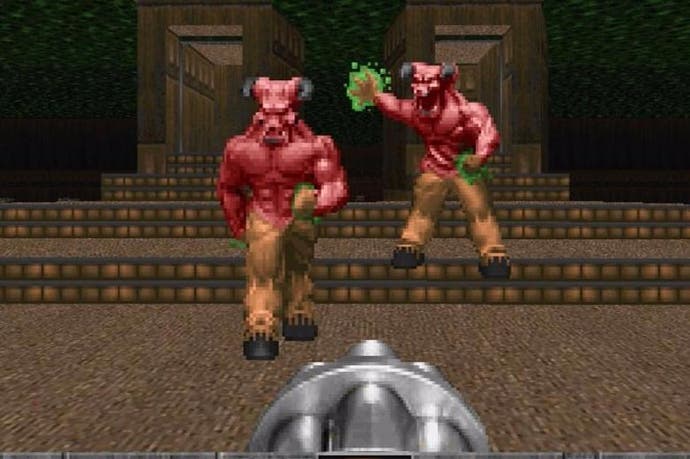

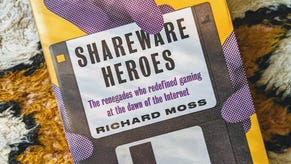
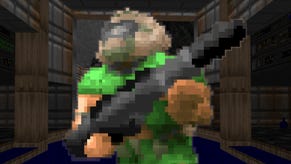
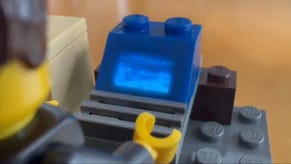

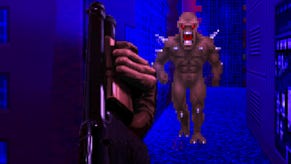

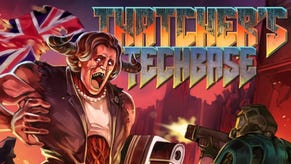
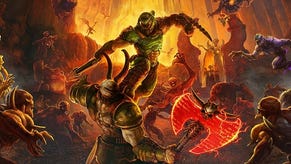






.png?width=291&height=164&fit=crop&quality=80&format=jpg&auto=webp)
